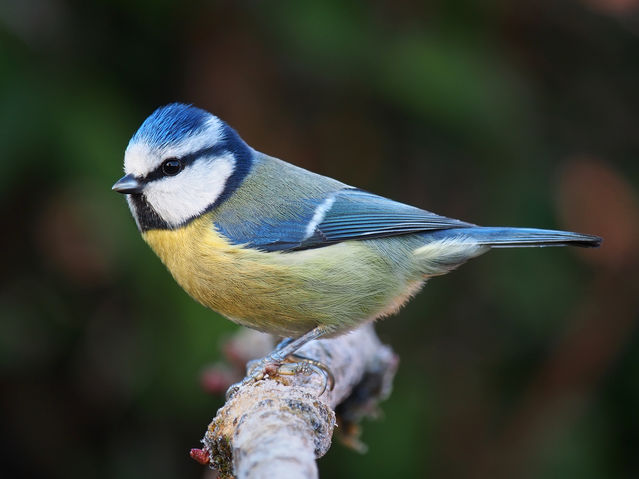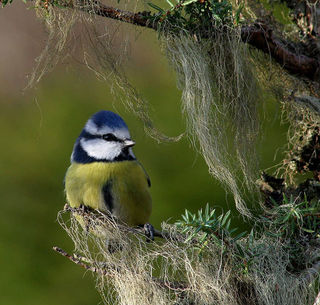Fear
Birds Hiss Like Snakes to Protect Nests
Is it a case of mimicry or evidence of widespread fear of hisses?
Posted January 28, 2020

In what’s referred to as Batesian mimicry, harmless species can protect themselves from predators by mimicking more dangerous species. For instance, the harmless king snake has the same three colors as the venomous coral snake. But mimicry doesn’t have to be visual; animals can also mimic one another acoustically.
This has been suggested to be the case with certain cavity-nesting birds. They emit a surprising hiss-like vocalization to deter predators and repel competitors from trying to occupy the same nesting cavity. It’s been hypothesized that this hiss mimics a snake hiss and therefore represents a case of Batesian mimicry.
In a recent paper in the journal Behavioral Ecology and Sociobiology, a team of French researchers put this hypothesis to the test. First, they compared the acoustic similarity of the hissing sound produced by female blue tits, a cavity-nesting bird, to the hisses of three snake species living in the same habitat. Secondly, the researchers exposed naïve mice (without any past experience with predators) to bird and snake hisses. Mice represent a rodent that could prey upon blue tit eggs or compete with blue tits for nest sites.
The results showed that blue tit hisses are acoustically more similar to snake hisses than to any other blue tit vocalization. Additionally, mice showed similarly strong anxiety behaviors in response to both snake and blue tit hisses compared to control sounds.

The researchers say that these results are compatible with the hypothesis that blue tits have evolved to mimic the sound of snakes. However, the results could also be explained by another hypothesis: a conserved function of, and response to, hisses across vertebrates.
Hissing is a sound that is widely used in fearful or adversarial situations and the perception of these sounds could be conserved across vertebrate species. Thus, a tit’s reliance on a hiss to deter intruders, and the response of mice to that sound, may not necessarily reflect mimicry of a specific type of predator.
Arnaud Grégoire, the principal investigator of this research and an associate professor at the University of Montpellier, says disentangling the two hypotheses (Batesian mimicry versus conserved function) will require subtle studies of cavity-nesting birds and the snakes that share their habitats.
“In addition to field and experimental studies, it could be interesting to look at the distribution of hisses between species according to ecology (e.g., cavity nesting) and evolutionary relatedness to evaluate if independent evolution of hisses has occurred in association with specific ecological constraints,” he says.
“The question is if birds are specifically mimicking snake hisses or if hissing is a conserved behavior in many species in response to stress and induces similar anxious reactions from receivers.
“The main message of this research is that a 10g bird can intimidate potential competitors/predators by producing hisses that match with snake hisses. Thus, if songbirds can produce well-known tonal songs, they can also produce atonal sounds that we more rarely hear but may also have important functions.”
References
Dutour M, Levy L, Lengagne T, Holveck M, Crochet P, Perret P, Doutrelant C, and Gregoire A. Hissing like a snake: bird hisses are similar to snake hisses and prompt similar anxiety behavior in a mammalian model. Behavioral Ecology and Sociobiology 74(1). doi: 10.1007/s00265-019-2778-5.


